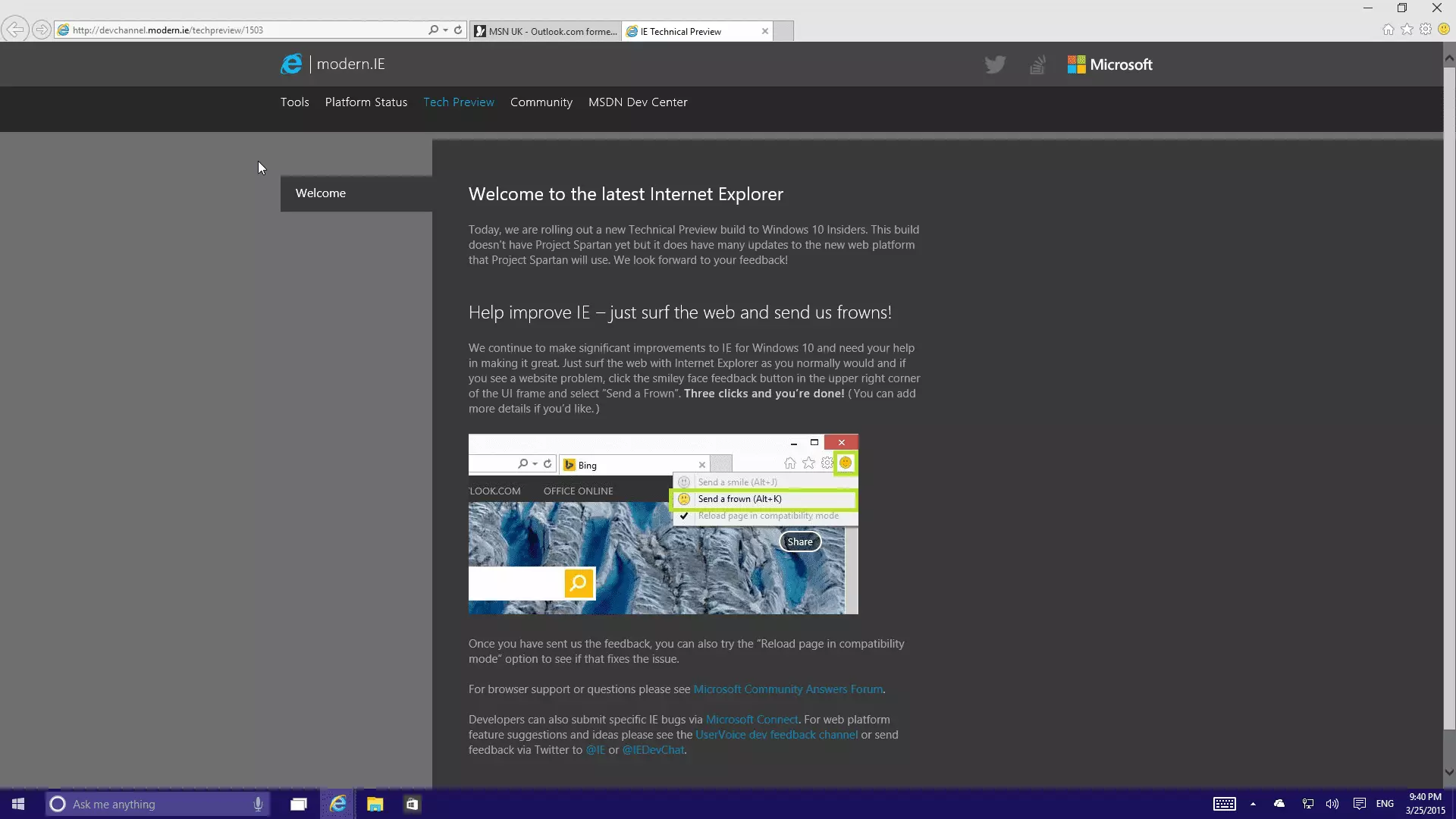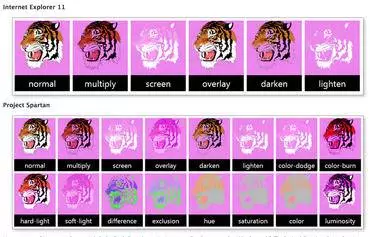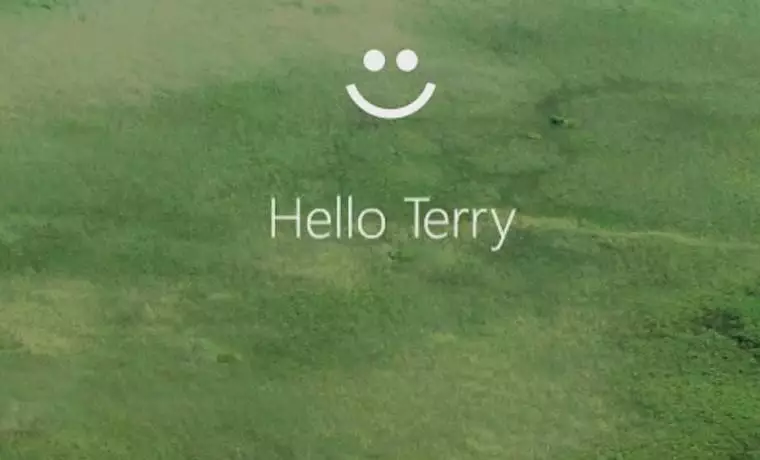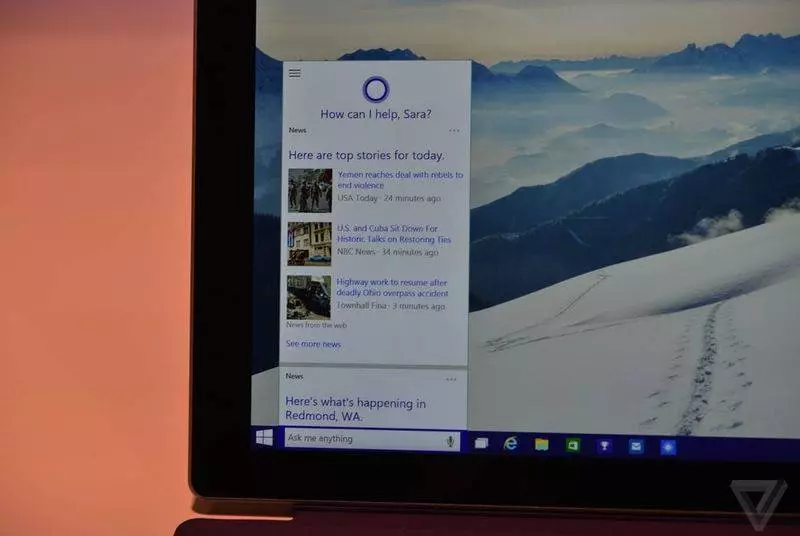The Windows 10 preview will work on more phones soon
If you’ve been itching to try out a technical preview version of Windows 10 on your phone but didn’t have a device on the short list, then we have good news. Microsoft just released a list of devices that it expects to support in the next “flight” and it includes additional Lumia models like the 1020, 1320, 1520, 920, Icon and so on (the list is after the break — it does not include the Lumia 930). It will be at least a week until the next update rolls out, but there’s no specific date promised, and the list of supported devices could change.

Until now, differences in partition sizes had kept the Windows 10 testing to just a few devices, but Windows Insider manager Gabriel Aul says that the “partition stitching” code needed to support more devices is finally ready. If you have a Lumia devices, then a taste of the next big update is close at hand, until it arrives take a look at our early experiences here.
The current list of supported phones:
- Lumia 1020
- Lumia 1320
- Lumia 1520
- Lumia 520
- Lumia 525
- Lumia 526
- Lumia 530
- Lumia 530 Dual Sim
- Lumia 535
- Lumia 620
- Lumia 625
- Lumia 630
- Lumia 630 Dual Sim
- Lumia 635
- Lumia 636
- Lumia 638
- Lumia 720
- Lumia 730
- Lumia 730 Dual SIM
- Lumia 735
- Lumia 810
- Lumia 820
- Lumia 822
- Lumia 830
- Lumia 920
- Lumia 925
- Lumia 928
- Lumia ICON
- Microsoft Lumia 430
- Microsoft Lumia 435
- Microsoft Lumia 435 Dual SIM
- Microsoft Lumia 435 Dual SIM DTV
- Microsoft Lumia 532
- Microsoft Lumia 532 Dual SIM
- Microsoft Lumia 640 Dual SIM
- Microsoft Lumia 535 Dual SIM
Source: The Windows 10 preview will work on more phones soon.
The Windows 10 preview will work on more phones soon Read More »





 But the point of Windows Hello isn’t only convenience, as the company’s blog post notes, but also security. We’ve heard time and time again how insecure passwords are, and Microsoft is aiming to replace them completely, while still offering enterprise-grade security and privacy. The company is looking at health organisations, defence contractors and financial institutions as the primary beneficiaries from Windows Hello. but that’s not to say that regular users won’t benefit as well.
But the point of Windows Hello isn’t only convenience, as the company’s blog post notes, but also security. We’ve heard time and time again how insecure passwords are, and Microsoft is aiming to replace them completely, while still offering enterprise-grade security and privacy. The company is looking at health organisations, defence contractors and financial institutions as the primary beneficiaries from Windows Hello. but that’s not to say that regular users won’t benefit as well.